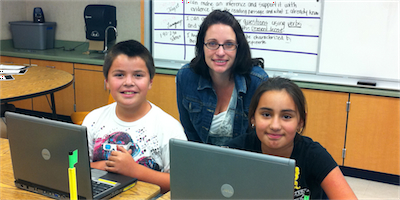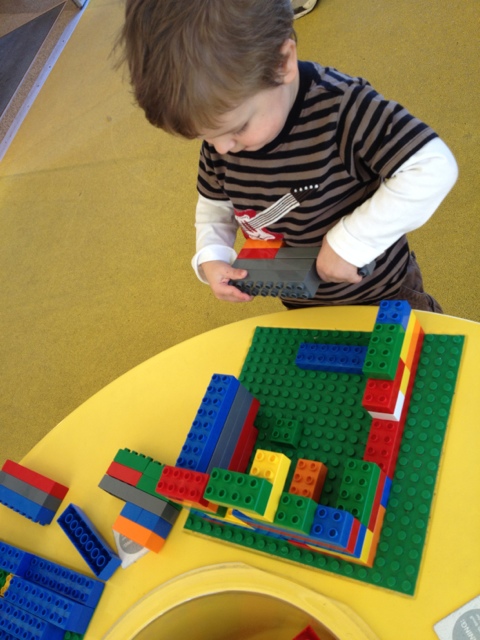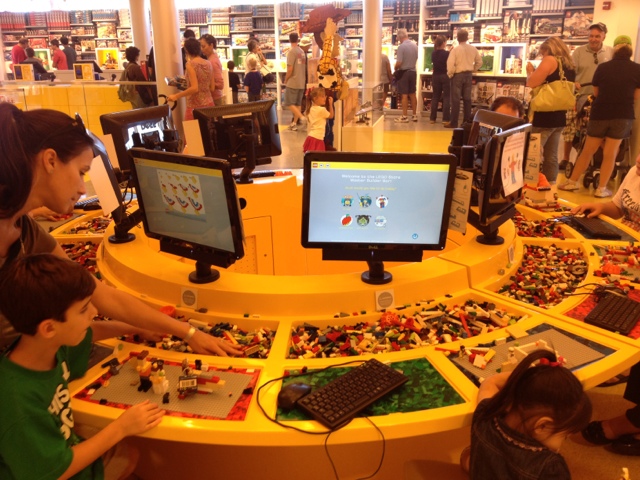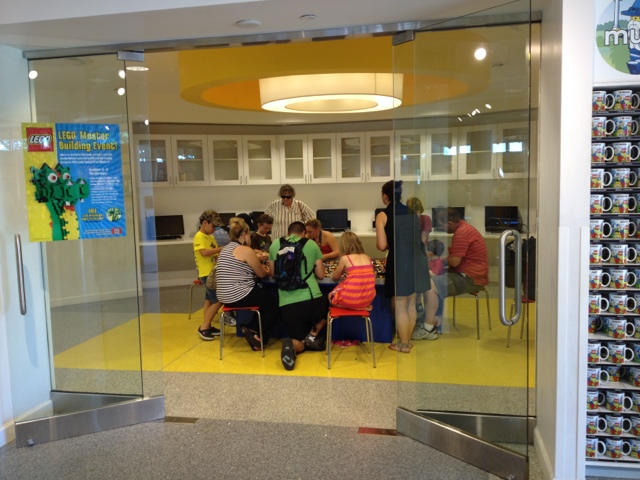Name: Amber Henrey (Website, CUE breakout session site, @ahenrey)
Organization: Mountain Vista Elementary, Fillmore Unified School District
Current title: 4th Grade Teacher, Data Manager, and Technology Lead
Selected accolade: Gold Coast CUE 2011 Break Out Session Presenter
What is your key to personal growth as an educator?
Teaching is not a competition against your peers or other schools. Open your doors, share your ideas, ask for help, but most importantly be willing to learn. There is a wealth of ideas to be gained from building a PLN. Look to the Internet and social media for inspiration. It’s hard to remain passionate about teaching when you keep your ideas to yourself. By collaborating your passion, your excitement for teaching increases because you have the energy and support of those you surround yourself with.
What skill(s) do you feel are most important for today’s students to explore in academic settings (tech or non-tech related)?
The most important thing a student can gain from their education is the ability to think critically. It is a great shift from “I’ll do what I am told,” to “I’ll do what I think.” As educators we sometimes fear getting students to that point, but it is critical if we are to have a democratic society of thinkers.
I do not feel that technology is the only way students can gain critical thinking skills, however tech gives us access to a plethora of tools that can aid a student and teacher in practicing critical thinking skills.
Children can interact with technology however they want to. That in itself is a great power that lends to critical thinking. Technology opens metaphorical doors to places and people that students would otherwise not have access to. Through the Internet students can access articles to ponder, opinions to consider, and ideas they didn’t even know existed.
The knowledge and perspective I have gained through social media and online articles has opened my own ideals to new possibilities. I used to make fun of people “tweeting” and now I look to Twitter as a springboard of new ideology. I have hashed out many of my perspectives via Twitter and in doing so, in debating with the likes of Lisa Neilson and Joe Bower, I have altered my education pedagogy. I probably never would have joined Twitter if it weren’t for Professor Jim Pinkard at APU.
How is data collection and analysis best used to support student learning? What types of data collection do you find most useful from a teaching perspective?
Data in some places is a foul word and in others the mantra. Data can tell you your strengths and weaknesses in measurable areas. At the same time it only can tell you the statistics and not the reasons why.
When I first learned the powerful ways that data can guide instruction, I was hooked. For so long, especially teaching first grade, my measures of success were based on observation. Many of my students’ learning gaps were missed because they were decent workers that seemed to understand what we were learning in the moment. But when data informed me otherwise it was like a slap of reality.
When I moved into teaching 4th grade, I depended on data to tell me if I was being an effective teacher because I didn’t know the curriculum like the back of my hand like my peers. I couldn’t just rely on the motivation of students to tell me. (more…)









